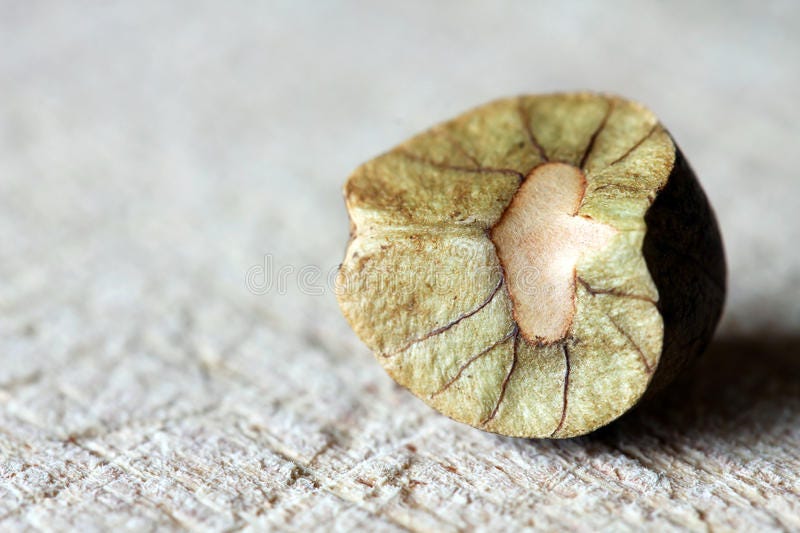On December 21, 2020, I picked up my copy of Roger Caillois’ L’homme et le sacré, for the first time in perhaps a decade.
I found it randomly, looking about for another book, unaware even that the Caillois was there where I found it. It should have been on another shelf, on the other side of the room, according to the logic of my evidently less than pe…


